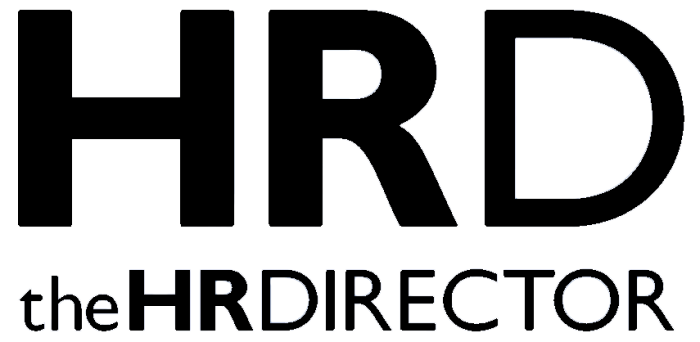Culture Amp, the world’s leading employee experience platform, has released a new report ‘The Science of Sustainable High Performance’, presenting key strategies for driving and sustaining high performance at work.
Based on data from more than half a million employees at over 1,500 companies, the report challenges the traditional assumption that high performance is an innate characteristic possessed by only a few exceptional employees. Notably, when examining how long it takes employees to earn their first high performance rating after joining a company, the data shows one in four employees will take more than 18 months in their role to reach ‘high performer’ status. This finding supports the view that high performance is not a fixed character trait, but is instead a cyclical outcome shaped by environment, leadership, and team dynamics.
The research – led by Culture Amp’s People Science team – demonstrates that performance is influenced by workplace conditions and can be cultivated over time through strategic design:
● Sustaining high performance is rare: only 2% of employees can sustain high performance over two review cycles. The finding is our first signal that high performance usually happens in peaks and valleys, it could be that peak employee performance happens in concordance with delivering on projects or to tight deadlines.
● Engagement boosts performance: The study reinforces the strong connection between employee engagement and performance outcomes. Organisations with strong engagement scores see greater incidences of high performance, with companies who are in the top 25% for engagement have more high-performing employees (14%), whereas companies in the bottom 25% for engagement have a lower proportion (10%). High-performing employees also demonstrate significantly higher motivation levels, scoring 12 percentage points higher on their willingness to go above and beyond compared to lower-performing colleagues.
● Feedback is crucial: High performing teams give and receive feedback more often – with high-performing employees reporting meaningfully higher satisfaction with manager feedback (83% favourability), compared to their lower-performing peers (71%).
● Leadership performance is a multiplier: A leader’s influence extends beyond their own work, it sets the pace for the entire team. Employees under high-performing leaders are 4.5x more likely to be high-performing, whereas employees reporting to underperforming leaders are 3x more likely to be underperforming themselves.
“Our data demonstrates that high performance is achievable with the right conditions – so organisations should be intentional about the way they design for high performance. When we examined how long it takes employees to earn their first high performance rating after joining a company, we found one in four employees didn’t reach that milestone until after 18 months in their role and only 2% of employees are able to sustain high performance over multiple evaluation cycles, proving that high performers have peaks and valleys,” said Justin Angsuwat, CPO at Culture Amp.
“We’re excited to share this new research, highlighting the conditions under which high performance can be cultivated and sustained, as well as findings on how feedback, goal-setting, and leadership behaviours shape high performance.”
Creating an Environment for Sustainable High Performance
The report outlines several key factors that help organisations create environments to support high performance. Role alignment stands out as particularly important, with employees who agree with the statement: “I feel like this is a great role for me” during onboarding being 48% more likely to become high performers. Conversely, those who feel neutral or disagree with this statement are 33% less likely to achieve high performance.
Goal-setting practices are also associated with performance outcomes. High-performing employees create personal goals and align them with company objectives more frequently than their lower-performing peers, by margins of 21 and 26 percentage points respectively. This suggests that clear goal-setting frameworks and processes can significantly boost overall performance.
Finally, a robust feedback culture distinguishes high-performing organisations. As well as being more satisfied with the feedback provided by their managers, the data shows that high performers provide feedback 36 percentage points more often than their lower-performing colleagues. This could indicate that organisations fostering open communication and regular feedback exchanges create conditions where high performance can flourish and multiply.
“Our research clearly shows that sustainable high performance isn’t about identifying and recruiting ‘superstar’ employees, but rather about deliberately creating the conditions where all employees can achieve their best work. With only 2% of employees sustaining high performance across multiple review cycles, HR and People leaders need to design systems that accommodate natural peaks and valleys in performance. The data points to three critical areas for focus: setting employees up for success starts with onboarding and ensuring employees have a clear picture of their role and expectations; ensuring clear goal-setting frameworks that align individual objectives with organisational priorities; and implementing robust feedback systems that include manager training. By focusing on these elements, leaders can create an environment where high performance becomes a product of their workplace culture rather than relying on the exceptional few,” Justin said.
* Culture Amp’s report – Performance | Culture Amp.







